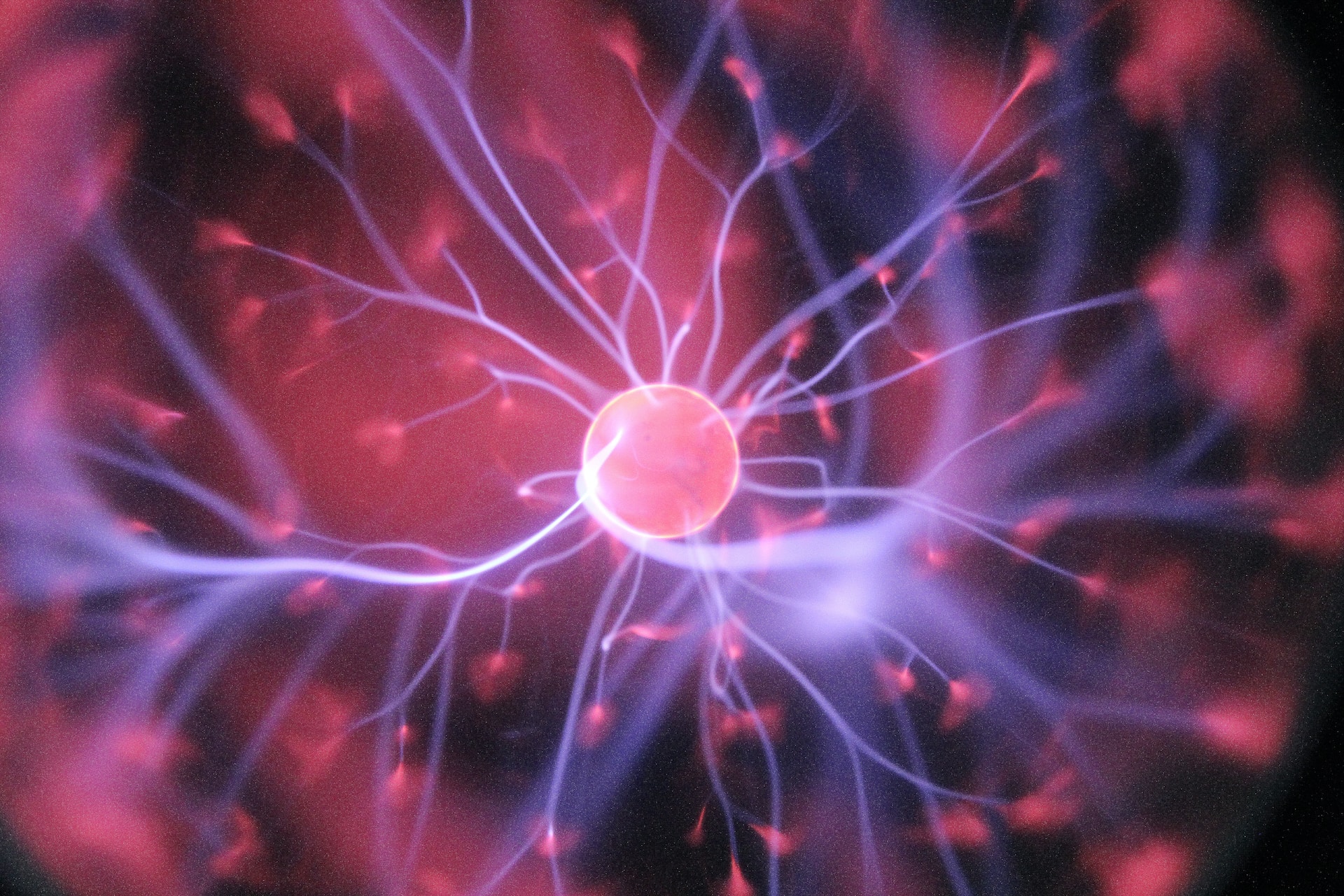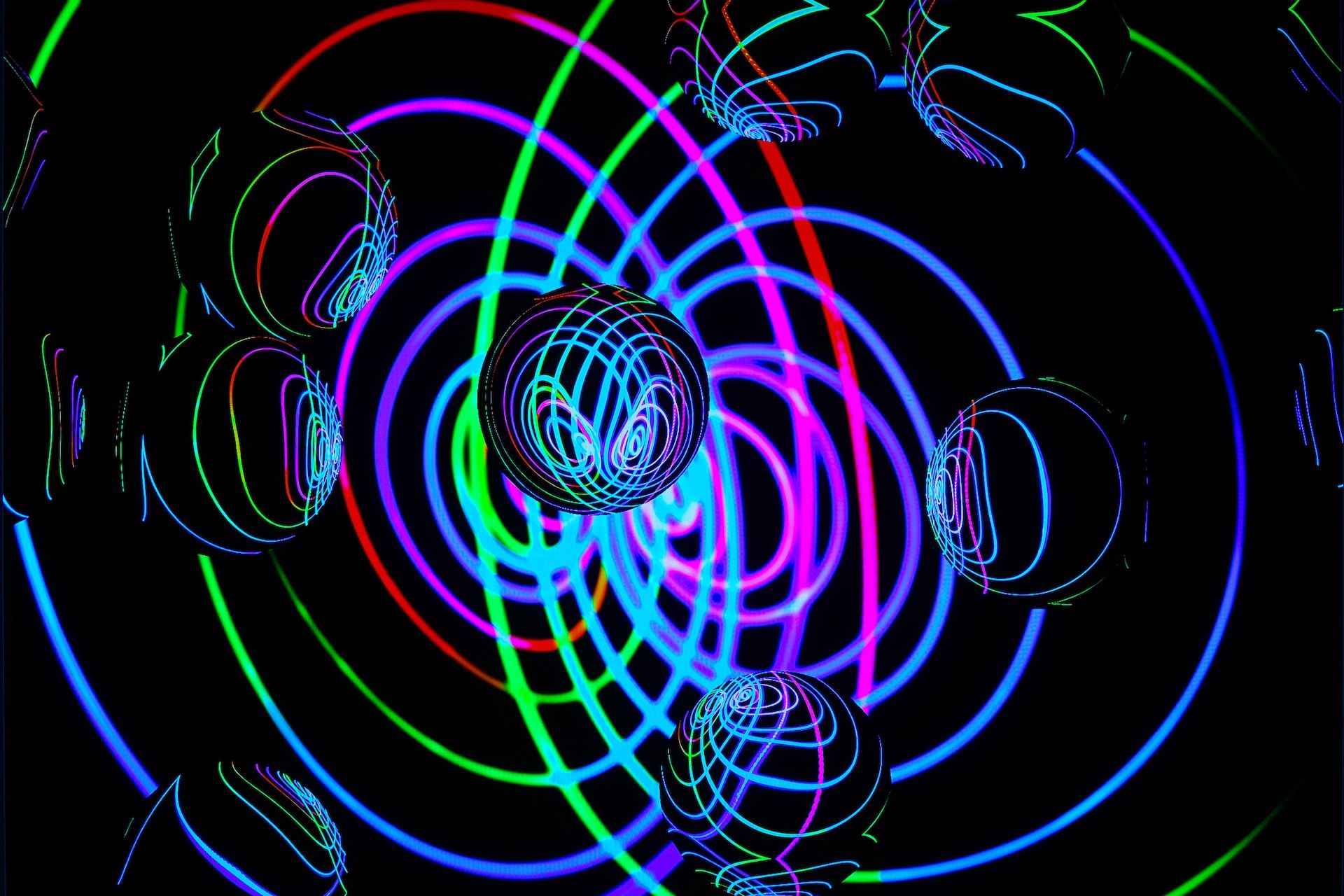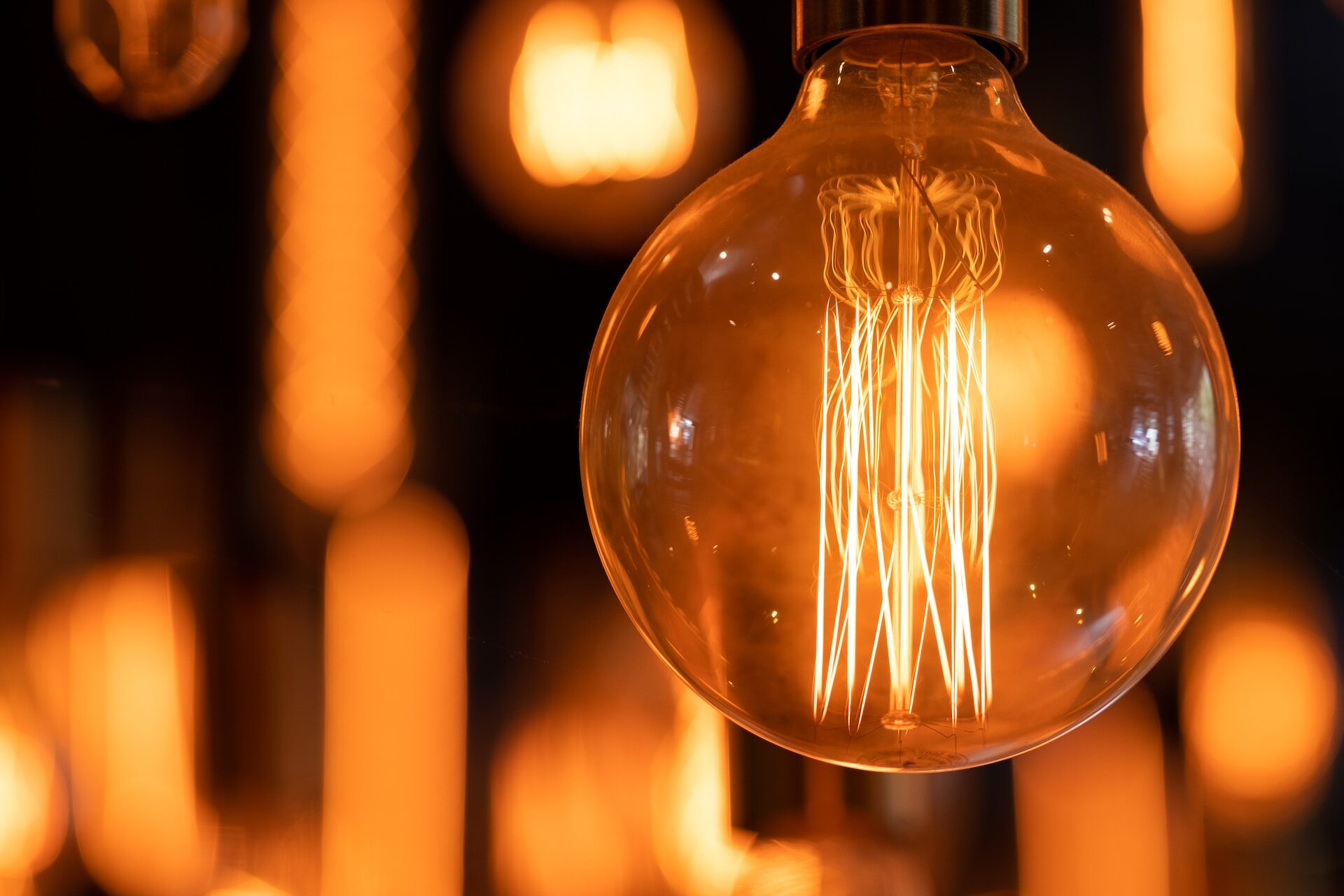
The Parts of an Atom Explained
July 11, 2023 - Emily Newton
Revolutionized is reader-supported. When you buy through links on our site, we may earn an affiliate commision. Learn more here.
What are the different parts of an atom and why do they matter? Our entire universe is made up of atoms, microscopic particles that form the elements of the periodic table. Atoms are complex objects and understanding them can help us understand how the universe works, from planets to table salt and everything in between.
An Overview of the Atom
Atoms make up all matter in the universe. They may be tiny, invisible to the unaided eye, but they’re complex particles. There are even different kinds of atoms that make up the different elements of the periodic table!
An atom consists of four main parts: the nucleus, protons, neutrons and electrons. The protons and neutrons are at the center of the atom in the nucleus. Electrons “orbit” the outer shell of the atom.
Over the centuries, scientists have developed numerous theories and models surrounding the structure of atoms. A few of the most famous theories are Dalton’s model, Rutherford’s model and Bohr’s model. Schrodinger’s model of the atom is generally considered the most accurate version today. It consists of a “cloud” of electrons surrounding the nucleus.
Bohr’s model is a bit easier to understand with its carefully organized rings of electrons. So, atoms are often drawn using the Bohr’s ring layout. However, their actual structure is most likely closer to Schrodinger’s, which doesn’t use rigid positions for the electrons. Both models use the same parts of an atom, though.
What Does the Nucleus Do?
The nucleus is one of the most important parts of an atom. It’s the hub, where most of the atom’s mass is located. Neutrons and protons live here. These two particles have similar mass, but different charges.
A proton is positively charged while a neutron has a neutral charge that’s neither positive nor negative. The two types of particles are collectively called nucleons.
The Role of Protons
Protons have a very important role in the parts of an atom. The number of protons determines which element an atom is. For example, every carbon atom has the same number of protons, even if the number of electrons varies. An atom with one proton will always be a Hydrogen atom while an atom with eight protons will always be Oxygen, and so on for the entire periodic table.
If you are looking at a periodic table, the large number for each element is its atomic number, representing the number of protons. Since the protons account for a large part of an atom’s mass, elements with higher atomic numbers will always be more massive than those with lower atomic numbers.
The Necessary Neutrons
If protons are positively charged and electrons are negatively charged, what’s the purpose of neutrons? The idea of a “neutrally charged” particle may seem odd at first. Neutrons don’t do much, but they are critical for the existence of atoms as we understand them today.
Particles with the same charge repel each other. So, if the nucleus of an atom was only made up of protons, the atom wouldn’t be able to stick together into a single particle. The protons would repel each other in a subatomic explosion. Neutrons give the protons something to hold onto so they can collect in the nucleus and form atoms.
Unlike protons, the number of neutrons can vary slightly without an atom’s element changing. This changes the atom’s mass slightly and may alter its behavior or how it interacts with other elements. However, it still remains mostly the same as other atoms of the same element. These slight variations of an element are called isotopes.
What Do Electrons Do?
Among the most important parts of an atom are the electrons, negatively charged particles that allow atoms to bond with each other. Electrons determine what elements can bond, how those bonds form and how atoms interact.
Electrons: The Heart of the Periodic Table
While protons and neutrons stay in the nucleus of an atom, electrons are constantly in motion around the outer shell of the atom. In fact, Schrodinger’s model of the atom, the electron cloud, specifies that we can never know the exact location of any one electron. That’s why his model uses a more ambiguous electron “cloud” rather than rigid ring-like orbits.
On a basic level, electrons provide a negative charge that balances out the positive charge of the protons. Not all atoms have the same number of protons and electrons, though. If an atom has more electrons, it is negatively charged. If it has more protons, it is positively charged. The charge and number of electrons can vary between atoms of the same element.
How Electrons Form Bonds Between Atoms
The number of electrons an atom has determines how it can bond with other atoms. Electrons are loosely arranged in layers known as valence shells. Each valence shell can fit a certain number of electrons. As a general rule, atoms tend to form bonds that fill their outermost valence shell since this increases the atom’s stability.
There are two basic types of bonds that form between atoms: ionic and covalent. The idea of bonding is to fill the outermost valence shell so each atom has a neutral charge. In an ionic bond, one atom gives away a valence electron to another atom. Contrastingly, in a covalent bond, the two atoms share electrons. There are even two subtypes of covalent bonds: polar and nonpolar.
What type of bond two atoms form depends on each atom’s electronegativity. Elements with a higher atomic number tend to have higher electronegativity since they have more protons, which attract more electrons. Electronegativity can be thought of as the attractive force of an atom.
In an ionic bond, an atom with lower electronegativity will usually give away an electron to an atom with higher electronegativity. Metals and nonmetals commonly form ionic bonds together. The two bonded atoms become ions, one atom with a slightly negative charge and the other with a slightly positive charge.
One of the most famous ionic compounds is sodium chloride, better known as table salt.
Covalent bonds involve sharing electrons between two atoms. This type of bond occurs between atoms that have similar electronegativity, such as atoms of the same element or close atomic numbers. The two atoms merge together so their outermost electrons are part of both atoms’ valence shells. Unlike ionic bonds, both atoms in a covalent bond are neutrally charged.
Understanding the Parts of an Atom
The parts of an atom include the electrons and the nucleus, which contains the protons and neutrons. When it comes down to it, atoms are simply clusters of positively and negatively charged subatomic particles. Protons determine what element an atom is while electrons determine how it bonds and interacts with other atoms.
Revolutionized is reader-supported. When you buy through links on our site, we may earn an affiliate commision. Learn more here.
Author
Emily Newton
Emily Newton is a technology and industrial journalist and the Editor in Chief of Revolutionized. She manages the sites publishing schedule, SEO optimization and content strategy. Emily enjoys writing and researching articles about how technology is changing every industry. When she isn't working, Emily enjoys playing video games or curling up with a good book.




